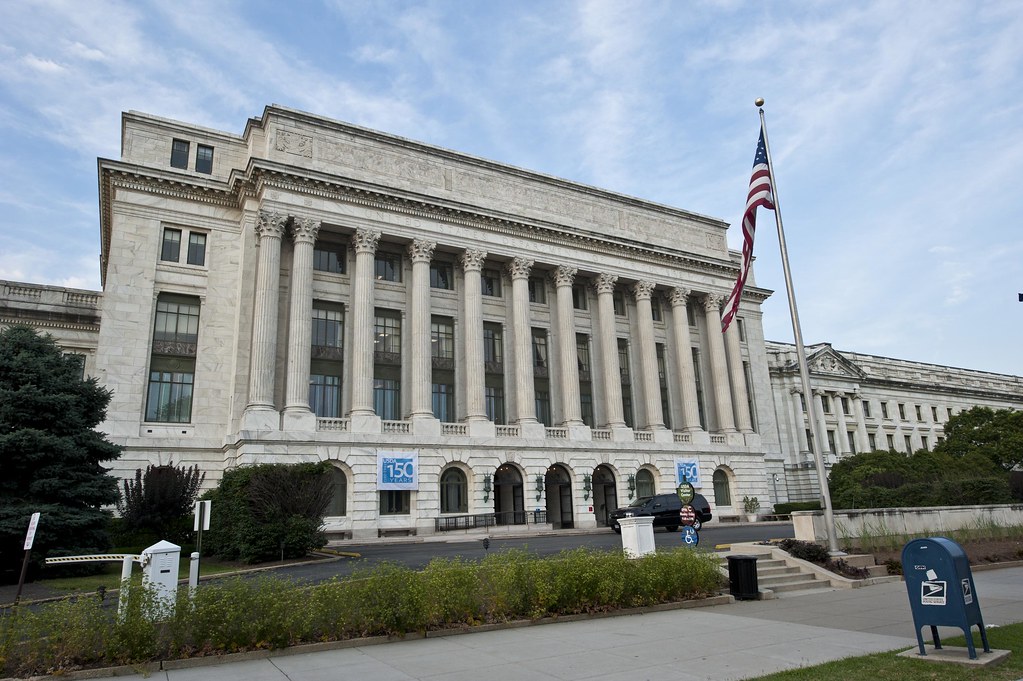
A recent report by the U.S. Department of Agriculture found that 1 in 6 kids in Missouri are food insecure. That’s roughly 12 percent, just above the national average of 11.7 percent.
These numbers may seem alarming to you. Most people think that the ShowMe state should be less sensitive to food shortages given the rich history of agriculture and food abundance. However, as these studies reveal, its is almost impossible to understand how many of our friends, family and neighbors don’t know if they will be able to feed their kids tonight.
Despite more than a decade of progress and benefit programs such as the Supplemental Nutrition Assistance Program (SNAP), food insecurity has not recovered after the financial recession of 2008. Missouri has made some improvement – up almost a full percentage point from 2015-2017 – but there is clearly still work to be done.
A closer look at the county-by-county map of the state shows that hunger is not evenly dispersed. Kansas City counties tend to be below state averages, with Clay County clocking in at 11.1 percent. However, nearby Jackson Country has a startling 16.2 percent of its population listed as food insecure.
The numbers in the St. Louis area are indicative of the racial and class divide in the city. St Charles county, an affluent suburban community, has the lowest percentage of food-insecure residence in the state at just 9 percent. However, in the adjacent St. Louis County, that number when up to 23.3 percent, the highest in the state.
“Structural inequality is still alive and well in our country,” said Jeanette Mott Oxford, executive director of Empower Missouri, in an NPR interview. “The poverty rate for African Americans for example, is three times higher in Missouri than it is for European Americans.”
This points to the starting truth behind these numbers. Everyday in this state children are starving because of economic inequality and inaccessibility.
Hunger is also not isolated to the cities. In fact, most food-insecure Missourians actually live in rural countries where crop yields are low, prices are high and lack of transportation makes it almost impossible to hold down a job or access much-needed food banks.
Pemiscot and Mississippi counties in Missouri’s boot-heel report percentages of food insecurity above 20 percent. Almost all neighboring counties have number above 15 percent.
This issue of hunger in this state is not a new problem. A 2014 report conducted by Feeding American and Feeding Missouri found that Missouri ranks seventh in the nation when it comes to low-food security and second in the nation in terms of very-low food insecurity. This study also found that Missouri had the highest increase in food-insecure residents in the nation from 2000-2010.
This report also finds that non-profit or independently run food banks are the main way hungry Missourians get the food they need to survive, not state or government funded benefit programs.
So with food insecurity clearly such a big problem in the state, it begs the question – what are elected officials doing about it?
Last year Congress passed a bipartisan bill to expand and support SNAP coverage, particularly for farmers. Every Missourian in federal government voted in favor of the bill.
However, the Trump Administration and the USDA are looking to cut back on families that are eligible to receive SNAP benefits, a huge blow to the 16.7 percent of rural Missourians who rely on the program to feed their children.
In 2019, under the Healthy, Hunger-Free Kids Act, the Missouri Department of Education made 12 updates to school lunch programs that involve broadening school breakfast programs and free-lunch programs. These came under the direction of the USDA, and the state is mandated to follow them.
Missouri’s governor Mike Parsons signed House Bill 1288 in 2018 that created the Schoolchildren Health, Hunger, and Hygiene Tax Credit, which lowers taxes on schools and corporations that give to organizations that help Missourian children, such as Harvesters Food Bank.
Since the bill was signed in July of 2018, it is hard to know how much this contributed to the 0.8 percent state-wide deduction of food-insecure families, making next year’s report even more valuable.
It’s also important to note that estimates for how much it would cost per year to feed every hungry person in the state comes in around $409,933,000. While this number is high, it’s certainly feasible with the state’s estimated $24.6 billion dollar budget every year.
Nearby Kansas is also not immune to food insecurity. Feeding America found that 1 in 5 children in the state are food insecure. It’s estimated that it would cost only $181,199,000 per year to feed every hungry person in the state.
While this is a higher ratio than in Missouri, the smaller population size in Kansas means than few children overall are hungry. Few adults are food insecure in Kansas.
Like Missouri, the Sunflower State is required to update their Department of Education regulations on free and reduced lunch and breakfast programs in schools. Low-earning residents are also eligible for the SNAP program, which is called the Food Assistance Program in Kansas.
Regardless of what state you grew up in, it’s important to recognize that hunger is more prevalent than most of us realize.
